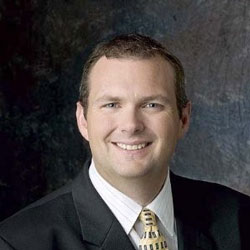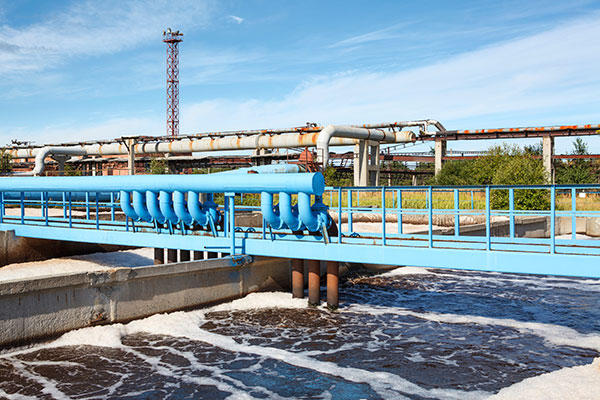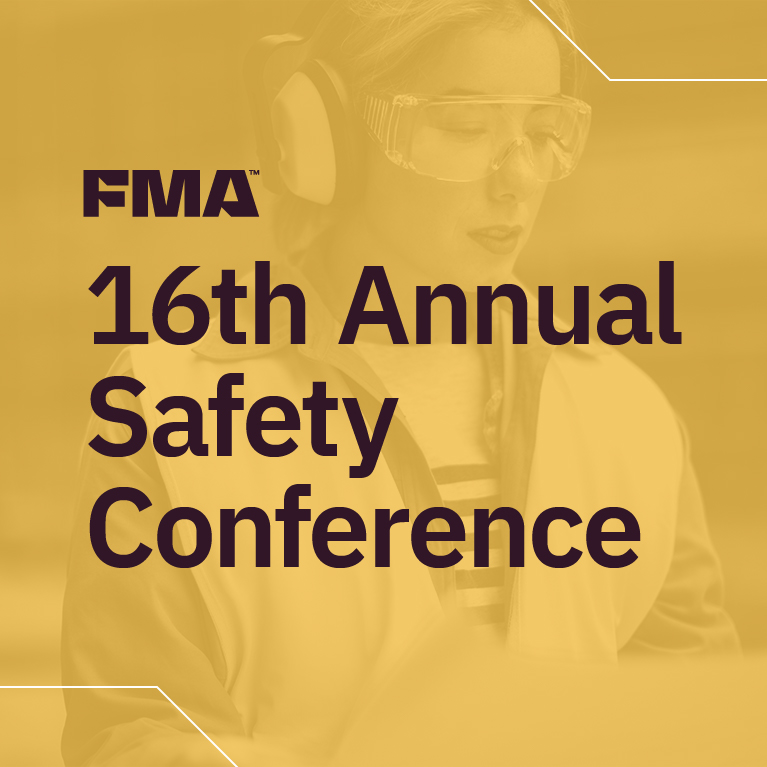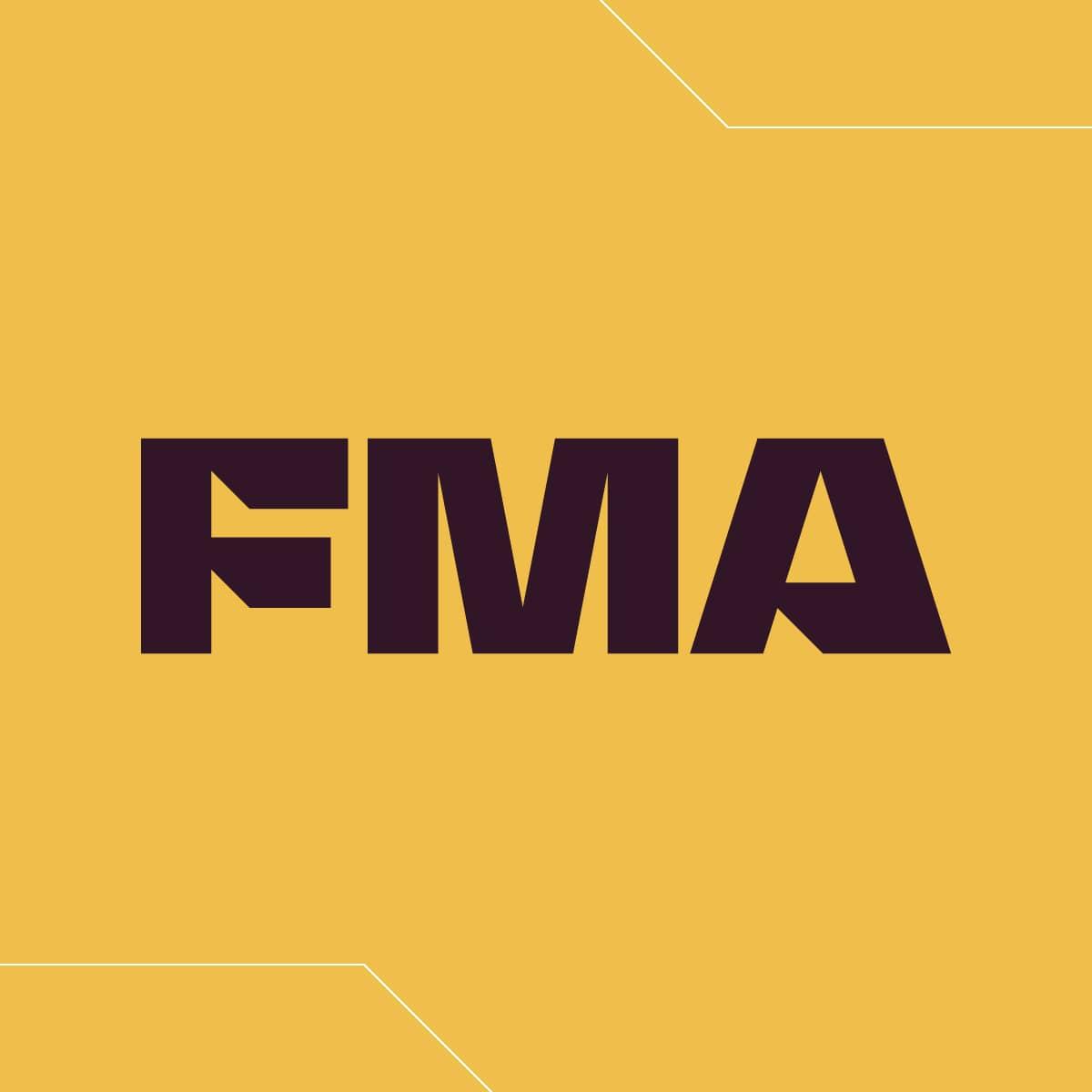Making Water Supply Count More
By Kate Bachman | May 14, 2014
Category:
The world population is expected to reach 9 billion by 2050, and at that growth rate, it’s likely that there won’t be enough water supply to support the population. An estimated 48 nations will face water stress or scarcity by 2025. So contends GE Intelligent Platforms Global Water Industry Manager Alan Hinchman. Hinchman bases those alarming predictions on data published by the U.S. Geological Survey, National Geographic, and the American Water Works Association. 
“We’re moving out of an era in which fresh water supply is just an assumption,” Hinchman said. This is especially true in arid areas of the country, such as west Texas, Arizona, and New Mexico, in which agriculture, oil and gas refineries, manufacturers, and residents all are vying for fresh water, he added.
“Manufacturers are either having to deal with diminishing water supplies and asking, ‘Can we still manufacture goods here?’ or changing water quality, which can become problematic,” Hinchman said.
Hinchman cited an example of a semiconductor manufacturer that built a number of water-intensive factories in some desert regions. It now is dealing with wastewater discharge restrictions during times of low water supply.
He referenced another example of a pharmaceutical supplier that had problems with high concentrations of chlorine in incoming water supplies that adversely affected its highly regulated product formulas.
“And so, sustaining a fresh water supply is really less about being in a feel-good position and more about its being an economic driver. Is there going to be enough water to support your operation? What quantity and at what cost?”

Thinking Beyond the Tap
Hinchman said that some manufacturers are using intelligent technology not only to understand how they’re tracking toward conservation goals and using water optimally, but also to manage wastewater.
“The controls systems and information systems help you optimize where you’re using water, how you’re using it, and how you’re treating it.”
Millions of gallons of water are used in automotive plants, steel mills, paper mills, and other manufacturing plants. “Those plants all have to deal with wastewater discharge restrictions so that they don’t overload the municipal wastewater treatment plants.”
For example, an automotive plant in the Southeast wanted to add a production line. Although it’s not located in a dry region, exploding population growth in the area applied stress on the local municipal wastewater treatment facility’s capacity. The automaker had reached its wastewater discharge limit, which prevented the automaker from expanding.

By installing intelligent and integrated metering at the wash stations and other strategic areas, the manufacturer was able to identify a tremendous amount of waste, which was being treated and accounted for as wastewater discharge.
After reducing the excess water consumption—and therefore the wastewater generated—the company had enough discharge clearance to build the line to increase production.
“What’s the real value of conserving? Reducing wastewater discharge is valuable, and wow, that one you can feel … Certainly that automaker did,” Hinchman said.
Being able to gather and analyze data about water use can prompt purchasing changes as well, Hinchman said.
“Manufacturers need to understand exactly what’s going into their wastewater, especially cleaning products,” he said. He cited an example of a stainless steel sink manufacturer in Chicago that was using harsh industrial cleaners to clean the steel before stamping it, and using them again to wash away oils used in the forming process. A large volume of oily hazardous wastewater discharge resulted. The manufacturer had been trucking the hazardous wastewater out of the plant at great environmental and fiscal cost.
Upon analysis, the manufacturer switched to a non-hazardous detergent-based cleaner. The manufacturer was able to sewer the wastewater instead of transporting it to a hazardous waste facility.
“And so it’s taking a holistic view of the process. It was not a matter of building a better treatment process, but changing the chemicals on the front end,” Hinchman said.
Another example involved recovering and reusing water in a food processing plant. The process water goes through a closed-loop system, which decreases not only the water intake but also the cleaning chemical intake.
Monitoring the chemical concentrations in process water helped the manufacturers increase the number of turns, Hinchman said. “When you know the quality of water, you know how many times you can reuse it.
“Intelligent systems keep track of the boiler chemistry, the acid management, based off of the quality of water, how many times it’s been reused,” Hinchman continued. “Then based off of the values they’re reading off of the instruments, they’re able to say, ‘OK, now it’s time to add fresh makeup water.’”
The food processing manufacturer was able to realize some pretty significant savings as a result, he added.
“So the more that you know about how you use water, and put that data together to understand it, the better decisions you can make.”
…………………………………..
Editor’s Note: To hear Alan Hinchman’s presentation attend the Water 2.0 Conference, co-located with the Energy Efficiency Workshop Nov. 4 in Cincinnati, Ohio at GE Aviation Centre.

Side by side, we move metal fabrication forward.
FMA unites thousands of metal fabrication and manufacturing professionals around a common purpose: to shape the future of our industry, and in turn shape the world.
Learn More About FMA


